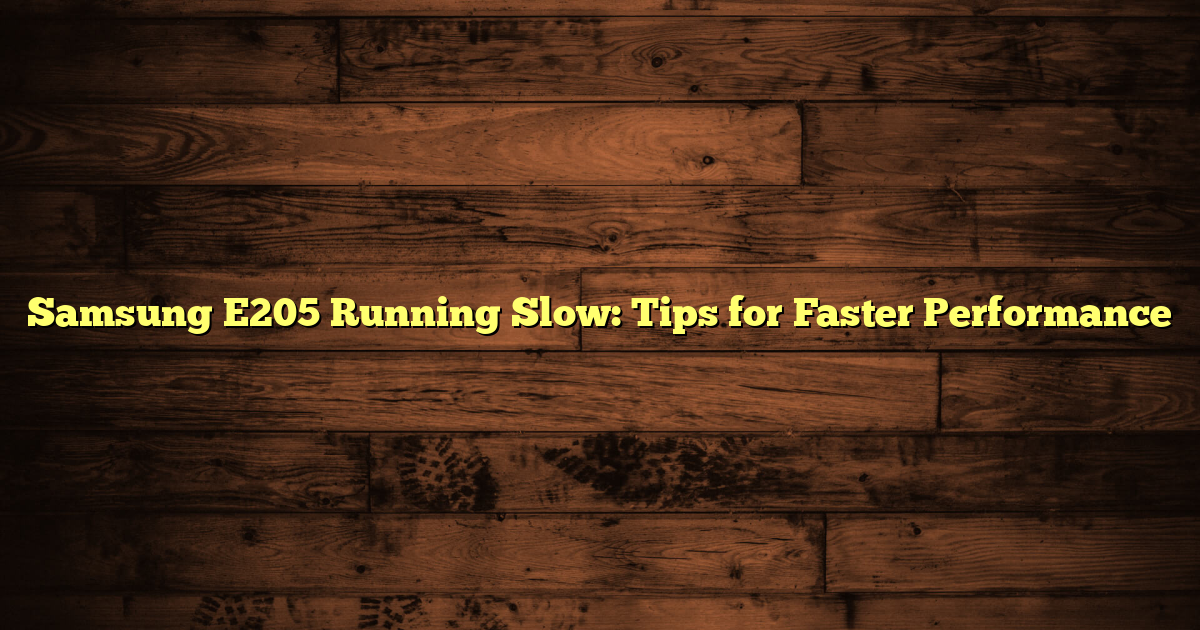
Predictive Data Analytics: Unlocking Business Potential
Predictive Data Analytics
Predictive Data Analytics, In an period the place information is also known as the brand new oil, companies more and more flip to predictive information analytics to capitalize on huge quantities of knowledge. By harnessing the ability of knowledge, organizations could make extra knowledgeable selections, optimize operations, and improve buyer experiences. Predictive information analytics serves as a catalyst for innovation and a driver of enterprise development, making it a vital element of a forward-thinking technique.
Understanding Predictive Information Analytics
Predictive information analytics encompasses quite a lot of statistical strategies, machine studying algorithms, and information mining strategies used to research present and historic information and make predictions about future occasions. In contrast to descriptive analytics, which focuses on understanding previous efficiency, predictive analytics seeks to reply questions resembling:
- What’s more likely to occur sooner or later?
- How possible is it to occur?
- What are the drivers behind this potential consequence?
By partaking in predictive analytics, companies can determine developments, patterns, and relationships within the information that may inform strategic selections.
Key Parts of Predictive Information Analytics
- Information Assortment: The inspiration of predictive analytics lies in information. Companies should accumulate information from numerous sources, together with inner programs, buyer interactions, and third-party functions. Excessive-quality, related information is crucial for correct predictions.
- Information Preparation: As soon as collected, the information should be cleaned and ready for evaluation. This includes eradicating duplicates, addressing lacking values, and guaranteeing consistency in information codecs. Information preparation is commonly one of the crucial time-consuming elements of the predictive analytics course of.
- Mannequin Choice: Selecting the best predictive modeling strategies is significant. Companies can use numerous strategies relying on their aims, resembling regression evaluation, classification algorithms, or time sequence forecasting. The choice usually depends upon the character of the information and the precise questions being addressed.
- Mannequin Coaching and Testing: After choosing a mannequin, it should be educated on historic information to study from previous patterns. The mannequin is then examined on new information to evaluate its accuracy and reliability. Steady refinement and re-evaluation are needed to take care of the mannequin’s effectiveness.
- Deployment and Monitoring: As soon as validated, the predictive mannequin is deployed into operational processes. Common monitoring is crucial to make sure that the mannequin performs as anticipated and adapts to any adjustments in information patterns.
Purposes of Predictive Information Analytics
Companies throughout numerous sectors are leveraging predictive analytics to unlock their potential:
- Retail: Retailers use predictive analytics to forecast demand, optimize stock, and perceive buyer preferences. By analyzing buying developments, companies can tailor promotions and improve buyer engagement, driving gross sales and profitability.
- Healthcare: Within the healthcare trade, predictive analytics can forecast affected person admission charges, determine sufferers vulnerable to continual ailments, and enhance useful resource allocation. This proactive method can result in higher affected person outcomes and lowered prices.
- Monetary Companies: Banks and monetary establishments make the most of predictive analytics for credit score threat evaluation, fraud detection, and buyer segmentation. By analyzing previous habits, they’ll predict future dangers and tailor monetary merchandise to fulfill shopper wants.
- Manufacturing: In manufacturing, predictive analytics can enhance upkeep operations by predicting tools failures earlier than they happen, decreasing downtime and upkeep prices. This results in extra environment friendly manufacturing processes and enhanced asset administration.
The Advantages of Predictive Information Analytics
- Enhanced Resolution-Making: Predictive analytics permits organizations to make data-driven selections quite than counting on intestine emotions. With correct forecasts, companies can align their methods with market demand and operational capabilities.
- Operational Effectivity: By anticipating future developments and dangers, corporations can optimize their operations, streamline processes, and cut back waste. Predictive analytics aids in figuring out bottlenecks and inefficiencies, permitting for proactive enhancements.
- Improved Buyer Expertise: Understanding buyer behaviors and preferences permits companies to tailor their choices and interactions, enhancing buyer satisfaction and loyalty. Predictive analytics helps organizations anticipate buyer wants, enabling personalised advertising and repair approaches.
- Aggressive Benefit: Firms leveraging predictive analytics can achieve a aggressive edge by staying forward of developments, adapting to market adjustments swiftly, and addressing buyer wants proactively. This agility usually interprets into elevated market share and profitability.
Challenges and Concerns
Whereas predictive information analytics provides quite a few advantages, organizations should navigate a number of challenges:
- Information Privateness and Safety: As corporations accumulate giant volumes of non-public information, guaranteeing compliance with laws resembling GDPR is crucial. Companies should undertake sturdy safety measures to guard info and keep buyer belief.
- Information High quality: The accuracy of predictive fashions hinges on the standard of the information used. Organizations should spend money on information governance and administration practices to make sure excessive information high quality.
- Talent Gaps: The demand for professionals expert in information science and analytics continues to rise. Organizations could have to spend money on coaching or recruitment to construct a succesful staff that may successfully make the most of predictive analytics instruments.
Conclusion
Predictive information analytics represents a transformative alternative for organizations seeking to unlock their enterprise potential. By using superior analytical strategies, corporations could make knowledgeable selections, improve operational effectivity, and elevate buyer experiences. Whereas challenges exist, the benefits supplied by predictive insights are too substantial to disregard. Embracing predictive analytics is now not optionally available however important for organizations aiming to thrive in a data-driven world. The longer term belongs to those that can foresee developments, adapt swiftly, and ship worth to their clients by predictive insights.








